The artful field journal: autumn color studies
materials list
For detailed art supply recommendations, please see Andie’s website here.
Paper: 4 or 5 sheets of hot press and/or cold press watercolor paper measuring about 10x10 or 10x11 inches (you can get 6 pieces measuring 10x11 inches out of one full-size 30x22 inch watercolor sheet). You may also do our studies within a sketchbook or your journal, if you prefer. Just be sure your journal opens flat, with pages thick enough to handle watercolors.
No. 2 or HB pencil
Ruler
Pigma Micron pen in black or sepia
Watercolor brushes: No. 8 or 10 round and a No. 4 round (or “water brush”) are recommended. A “rigger,” “liner,” or “script” brush is also fun to have, as is an angle shader or a short flat or filbert, if you have any of these.
Tube of permanent white gouache (not watercolor)
Palette for mixing paint. This can be a plastic lettuce bin lid, a paper plate covered with saran wrap, a china plate, or a traditional paint palette, if you have one.
Paint mixing container, a small cup or dish
Push pin
Manilla file folder
Scissors
Water container filled with water for painting
Paper towels or rags
Any colored pencils you may have
Color reference materials. For this class, please have on hand any or all of the following: colorful fallen leaves, fungi, lichens, acorns, cones, berries, squash, fruit, etc. You may also use any photographs of fall subjects for this class.
Template: If possible please print out the jpg file called “9x9 Template” shared on this page at 100% on an 8.5x11 inch sheet.
Click here to open template image file to save.
Tube watercolors listed here and on Andie’s website (link above) are recommended, but any type of watercolor, tempera, acrylic, or colored ink, will also work. What is VERY important is that you have the following specific colors to create our color studies:
Quinacridone rose, quinacridone pink, or permanent rose (purple-biased red)
Cadmium red or pyrrol scarlet (orange-biased red)
Ultramarine blue (purple-biased blue)
Phthalo blue, or manganese blue, or cerulean blue (green-biased blue)
Lemon yellow, or cadmium yellow pale, or hansa yellow light (green-biased yellow)
Hansa yellow deep or cadmium yellow deep (orange-biased yellow)
Burnt sienna and/or burnt umber
Quinacridone gold
Sap green
Any purple or violet
Any orange
